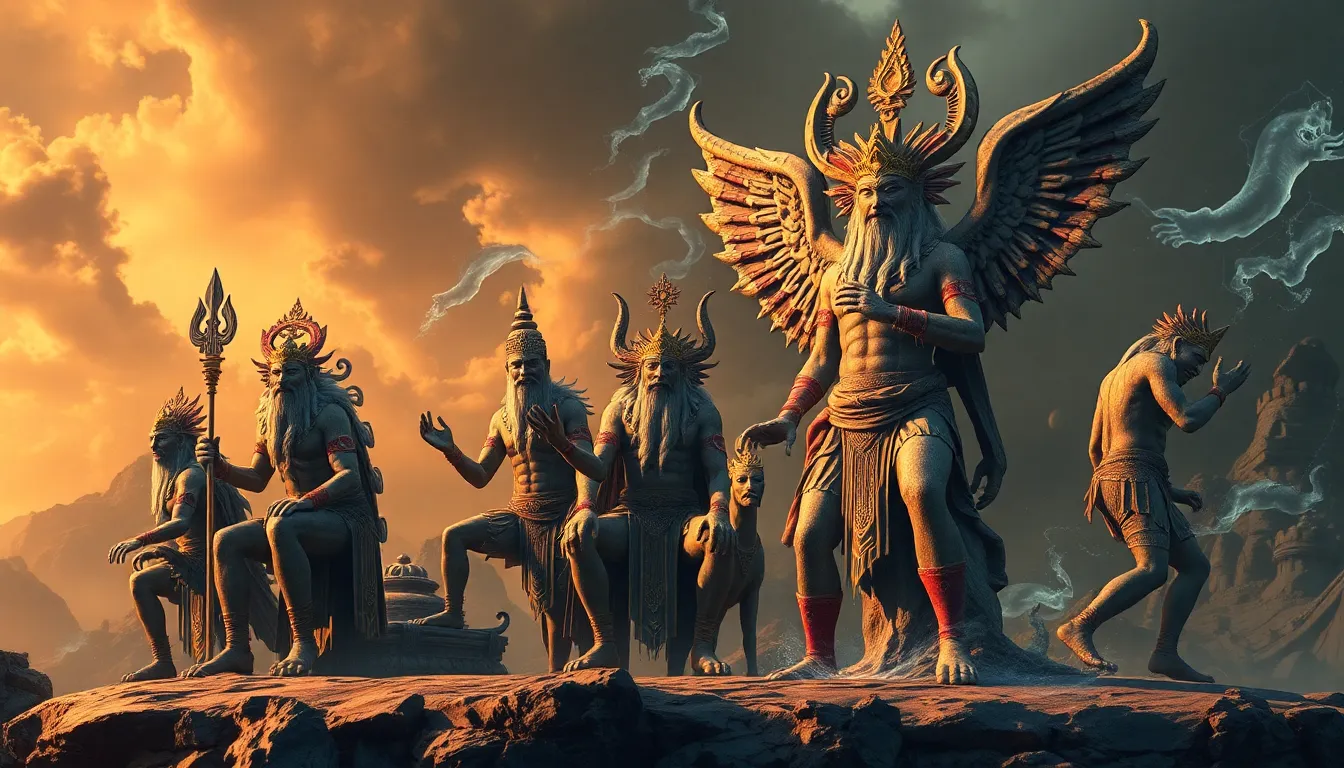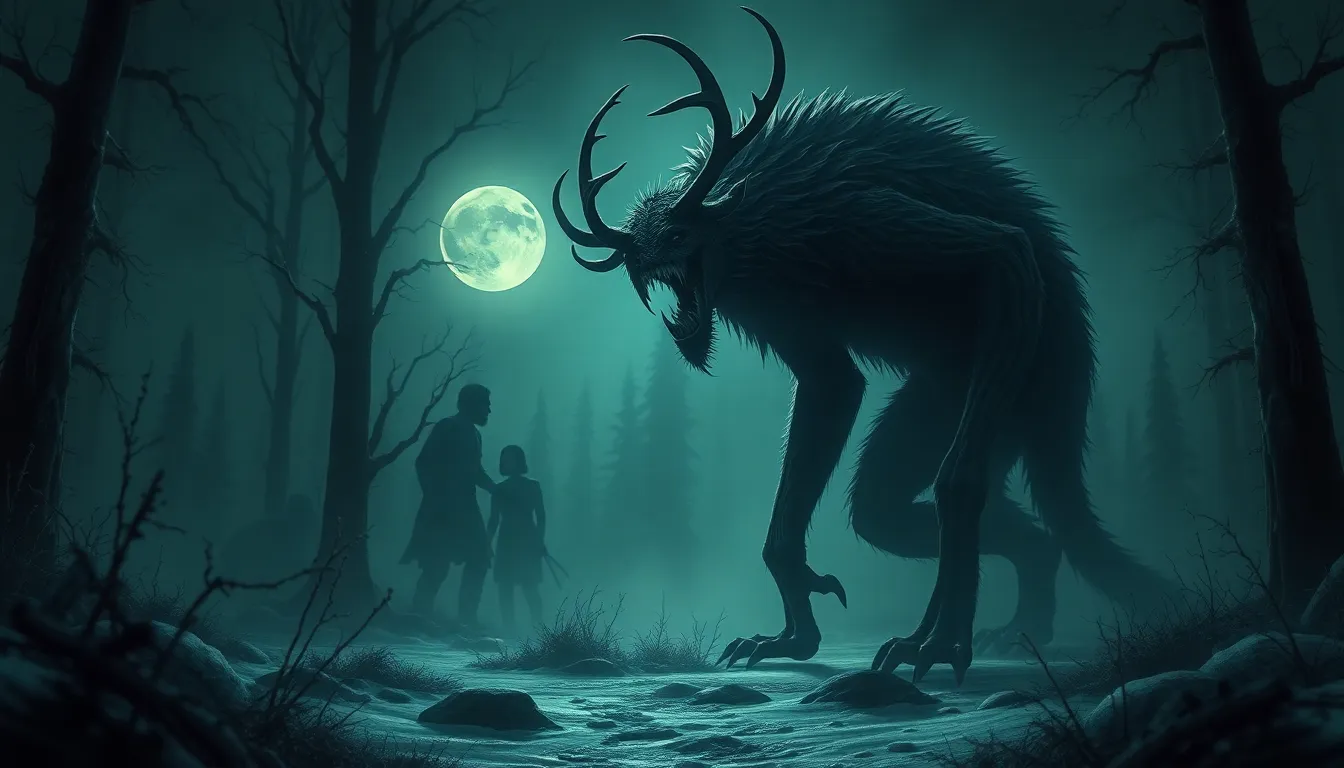The Most Notable Ancient Deities in Global Mythology
Introduction to Ancient Deities and Their Significance
In the realms of mythology, deities hold a significant place as they represent the various aspects of life, nature, and the universe. Deities are often seen as supernatural beings with power over specific domains, such as love, war, death, and the harvest. They serve as embodiments of cultural beliefs and values, guiding the moral compass of societies throughout history.
The importance of ancient deities extends beyond their mythological narratives; they play a crucial role in shaping cultural identity and societal values. Through rituals, stories, and art, civilizations have expressed their reverence for these beings, reflecting their understanding of the world and their place within it.
The Pantheon of Greek Mythology
Greek mythology is celebrated for its rich tapestry of gods and goddesses. The pantheon is filled with deities that represent various facets of life and human experience. Among the most notable figures are:
- Zeus: The king of the gods and god of the sky, known for wielding thunderbolts.
- Hera: The queen of the gods and goddess of marriage and family.
- Athena: The goddess of wisdom, warfare, and crafts, often associated with strategic skill.
- Hades: The god of the underworld, ruling over the realm of the dead.
The role of mythology in ancient Greek society was profound, as it provided explanations for natural phenomena, moral lessons, and a framework for understanding human behavior. Festivals, such as the Olympic Games, celebrated these deities, reinforcing their significance in daily life.
The Egyptian Gods: A Complex Cosmology
Ancient Egyptian belief systems are characterized by a complex pantheon of gods and goddesses, each with distinct roles in the cosmos. Notable deities include:
- Ra: The sun god, often considered the most important deity, symbolizing life and creation.
- Osiris: The god of the afterlife, resurrection, and agriculture, representing the cycle of life and death.
- Isis: The goddess of magic and motherhood, revered for her protective qualities.
- Anubis: The god of mummification and the afterlife, depicted with the head of a jackal.
The significance of the afterlife in Egyptian culture is exemplified by the concept of Ma’at, which embodies truth, balance, and cosmic order. The Egyptians believed that the afterlife was a continuation of life on earth, making the worship of deities central to their spiritual practices.
The Hindu Pantheon: Deities and Their Avatars
Hinduism showcases a diverse array of deities, each representing different aspects of the divine. Key figures in the Hindu pantheon include:
- Brahma: The creator god, responsible for the creation of the universe.
- Vishnu: The preserver god, who maintains the order of the universe and is often depicted with his avatars.
- Shiva: The destroyer god, representing transformation and regeneration.
- Devi: The goddess representing the feminine divine, encompassing various forms such as Durga and Kali.
The concept of avatars is particularly significant in Hindu mythology, where deities incarnate in different forms to restore cosmic order. This belief allows for a dynamic understanding of divinity that resonates deeply within the culture.
Norse Mythology: Gods of War and Wisdom
Norse mythology is rich with tales of gods and goddesses who embody strength, wisdom, and chaos. Among the most prominent deities are:
- Odin: The chief god, associated with wisdom, healing, and war, often depicted as a seeker of knowledge.
- Thor: The god of thunder, known for his strength and protection of mankind.
- Loki: The trickster god, embodying chaos and mischief, often challenging the status quo.
- Freyja: The goddess of love, fertility, and battle, celebrated for her beauty and power.
The role of mythology in Viking culture was integral, influencing their understanding of life, death, and fate. Norse myths have had a lasting impact on modern storytelling, inspiring literature, film, and popular culture.
Mesoamerican Deities: The Gods of the Ancient Americas
In the ancient civilizations of the Americas, such as the Aztecs and Maya, deities played a central role in their societies. Key figures include:
- Quetzalcoatl: The feathered serpent god, associated with wind, air, and learning.
- Huitzilopochtli: The god of war and the sun, representing the Aztec’s militaristic spirit.
- Kukulkan: A deity similar to Quetzalcoatl, revered in Maya culture as a creator god.
The intertwining of religion, agriculture, and warfare in Mesoamerican cultures illustrates the significance of deities in everyday life, guiding rituals that were crucial for societal survival and prosperity.
Indigenous Deities: Spirituality and Nature in Native Mythologies
Indigenous cultures around the world share a deep connection with nature, often manifesting in their belief systems. Notable deities from various indigenous traditions include:
- African Deities: Such as Nyame, the sky god of the Akan people, representing creation and the cosmos.
- Native American Deities: Like the Great Spirit, embodying the essence of life and nature.
- Aboriginal Australian Deities: The Dreamtime spirits, who are integral to the creation stories and the landscape.
The connection between deities and the natural world emphasizes the importance of spirituality in indigenous cultures, where the divine is often seen as interwoven with the environment.
The Role of Deities in Ancient Roman Religion
The Roman pantheon draws heavily from Greek mythology, adapting and reinterpreting deities to fit their cultural context. Key figures include:
- Jupiter: The king of the gods, equivalent to the Greek Zeus, representing sky and thunder.
- Mars: The god of war, revered for his role in Roman military success.
- Venus: The goddess of love and beauty, akin to the Greek Aphrodite.
- Neptune: The god of the sea, paralleling the Greek Poseidon.
The adaptation of Greek deities into Roman culture reflects the syncretism of beliefs, while also highlighting unique aspects of Roman mythology that emphasized civic duty and the state’s welfare.
Comparative Analysis: Similarities and Differences Across Cultures
When examining deities across different cultures, several common themes and archetypes emerge, illustrating the universal human experience:
- Many cultures attribute deities to natural phenomena, such as storms, fertility, and the harvest.
- Deities often embody moral values and societal norms, serving as examples for human behavior.
- Myths frequently explore themes of creation, destruction, and the afterlife, reflecting deep existential questions.
The portrayal of deities is influenced by geography, climate, and cultural practices, leading to distinct differences in how societies understand the divine. For instance, while agricultural societies might focus on fertility gods, nomadic cultures may emphasize deities associated with the hunt and survival.
In conclusion, the study of ancient deities across global mythologies reveals a rich tapestry of beliefs that continue to resonate in contemporary culture. By understanding these deities, we gain insight into the values, fears, and aspirations of the civilizations that revered them.



